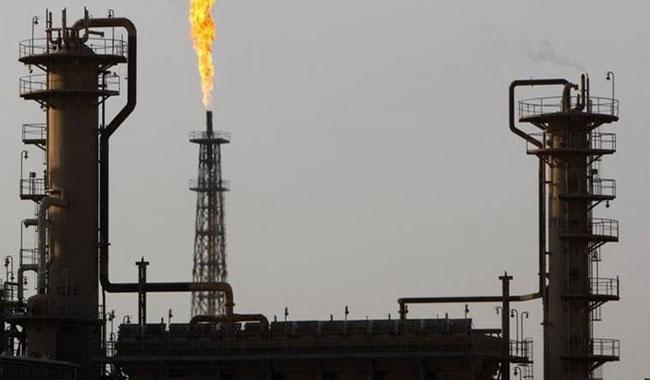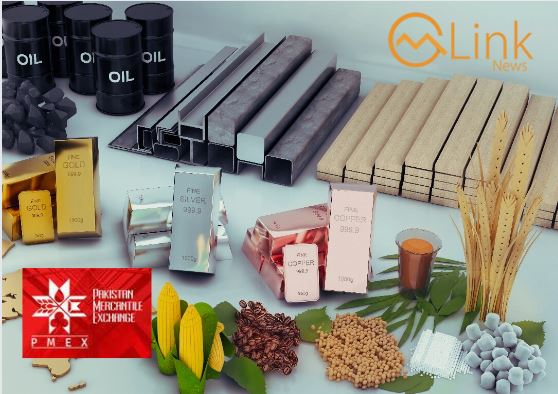December 29, 2022 (MLN): The fluctuation in global oil prices has been tolling the emotions of millions across the world. Pakistan, being an importer of crude oil, is highly vulnerable to global price shocks.
This means that any change in the prices of crude oil affects Pakistan on a much bigger level.
After the resumption of the Extended Fund Facility (EFF) of the International Monetary Fund (IMF), the country has pledged to raise the levels of petroleum levy it collects.
Considering that, this levy was enacted at a higher price of crude oil, a drop in the prices is good news for Pakistan.
Not only does it mean higher revenue for the economically downtrodden government of Pakistan, but could also result in relief for the people in the form of a lower price.
On December 29, 2022, the Brent Crude oil price stood at $78.35 per barrel [11:19 PST], compared to $78.96 per barrel on December 28, 2022.
In March 2022, oil prices soared to highs not seen since 2008 as a result of the Russia-Ukraine war. The decrease noted since August reflects market uncertainty over a looming global recession.
Similarly, oil demand is weakening in many countries, not just in Pakistan. Petroleum product consumption could drop by 420,000 barrels per day (bpd) in China, which is the key driver of global demand, in 2022, according to the International Energy Agency’s (IEA) estimate.
How crude oil prices are determined?
As with most commodities, crude oil prices are impacted by supply and demand, as well as inventories and market sentiment.
However, as oil is most often traded in future contracts (whereby a contract is agreed upon, while the product delivery will follow in the next two to three months), market speculation is one of the principal determinants of oil prices.
Traders make conclusions on how production output and consumer demand will likely develop over the coming months, leaving room for uncertainty. Spot prices differ from futures in so far as they reflect the current market price of a commodity.
In 2020, the coronavirus pandemic resulted in crude oil prices hitting a major slump as oil demand drastically declined following lockdowns and travel restrictions.
Where it landed us?
The expensive imports of energy products, like crude oil, petrol, diesel, and liquefied natural gas (LNG), have hollowed out the economy and exposed millions of Pakistanis to back-breaking inflation.
Imports of the petroleum group usually eat up more foreign exchange than any other commodity. This segment alone accounted for around 31.77% of total imports in November 2022 as the import bill of petroleum products stood at $1.64bn, up by 38% MoM whereas on yearly basis, the import of the same commodity witnessed a drop of 24.58% YoY.
Cumulatively, within 5MFY23, petroleum imports stood at $7.77bn, down by 8% YoY.
Pakistan’s oil marketing companies (OMCs)’ sales declined in November 2022 by 12% YoY and 7% MoM to 1.55 million tons (MTs), compared to 1.99 MTs in November 2021 and 1.66 MTs in October 2022, owing to the higher petroleum prices, lower generation of power particularly Furnace Oil (FO) based, and a drop in automobile sales.
The refiners, like other industries, have also experienced problems related to the opening of Letters of Credit (LCs) for the import of crude oil. And numerous issues, including reduced access to credit and volatility in the furnace oil market, have hampered their ability to fully utilize their plants.
Refineries produced an average of 181,500 tons of petrol and 300,900 tons of diesel per month in the first two months of the current fiscal year, which is down from last year’s average of 206,900 tons (petrol) and 392,000 tons (diesel). As such, the refinery utilization came in at a poor level of around 50%.
The government, reportedly, is exploring the option of procuring oil at a discount from Russia. But it remains unclear whether this is viable, given the financial sector’s understandable reluctance to become a party in a transaction that may expose it to US sanctions.
However, by lifting domestic production of petroleum products like diesel, it can avoid paying hefty premiums to foreign firms on the purchase of refined products.
The analyst fraternity suggests that even at the current prices, the government meets its revenue target from petroleum in excess.
Subject to the dollar exchange rate, the price of petroleum is very likely expected to fall in the near future, coinciding with the political motives of the current government.
Copyright Mettis Link News
Posted on: 2022-12-29T15:36:14+05:00







